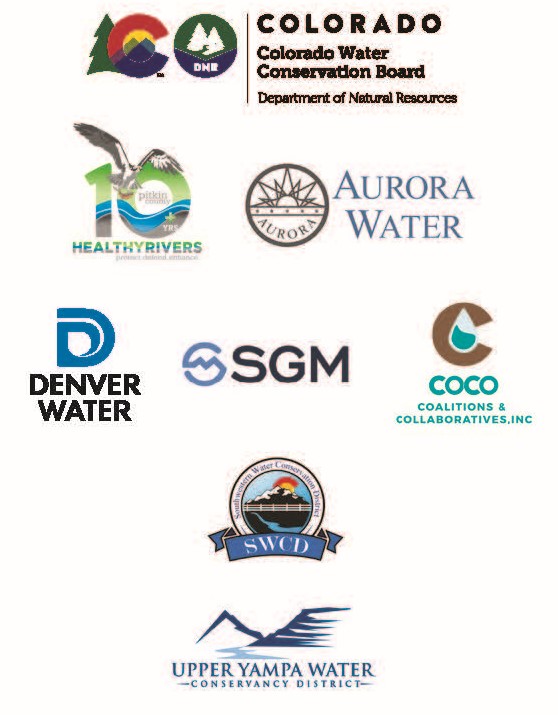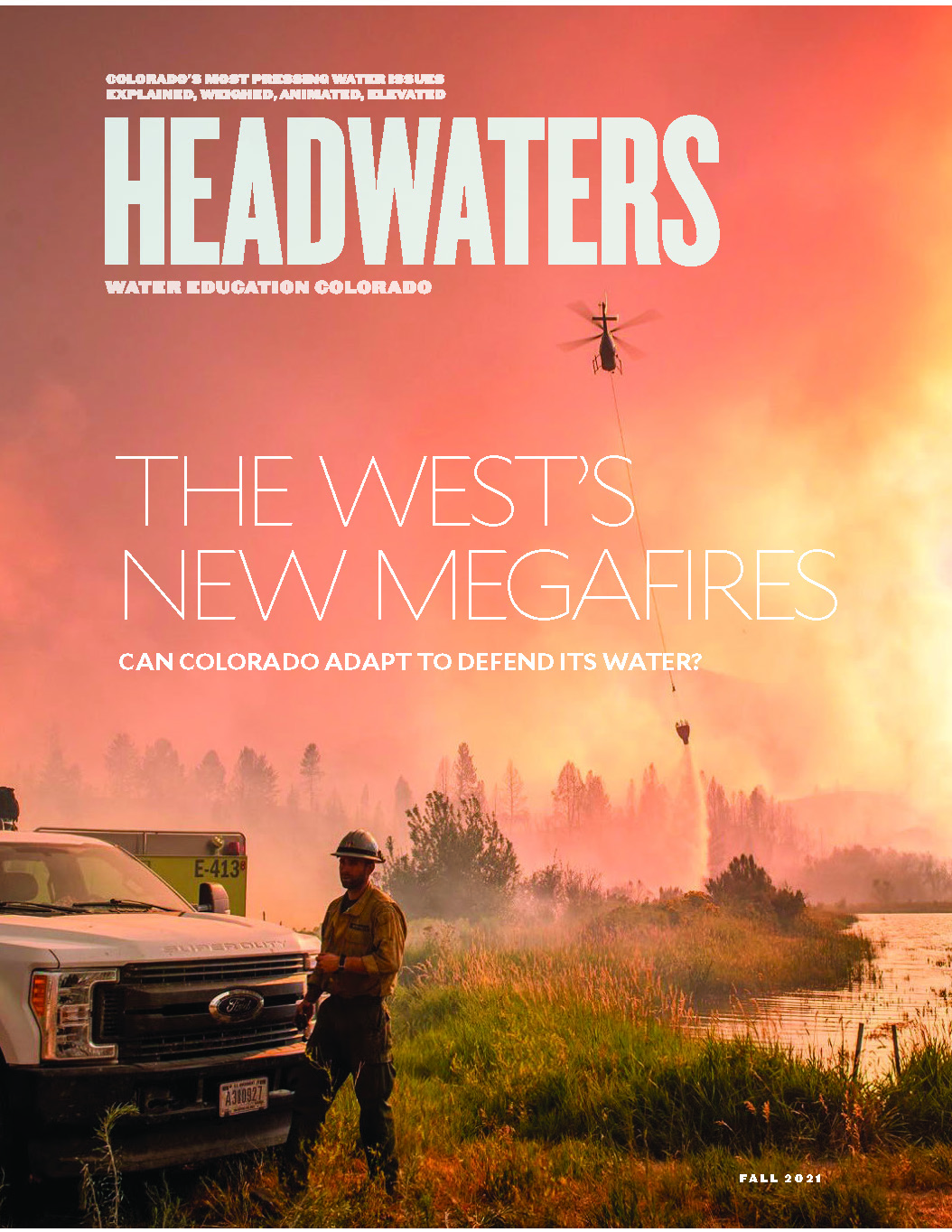Fall 2021: The West’s New Megafires
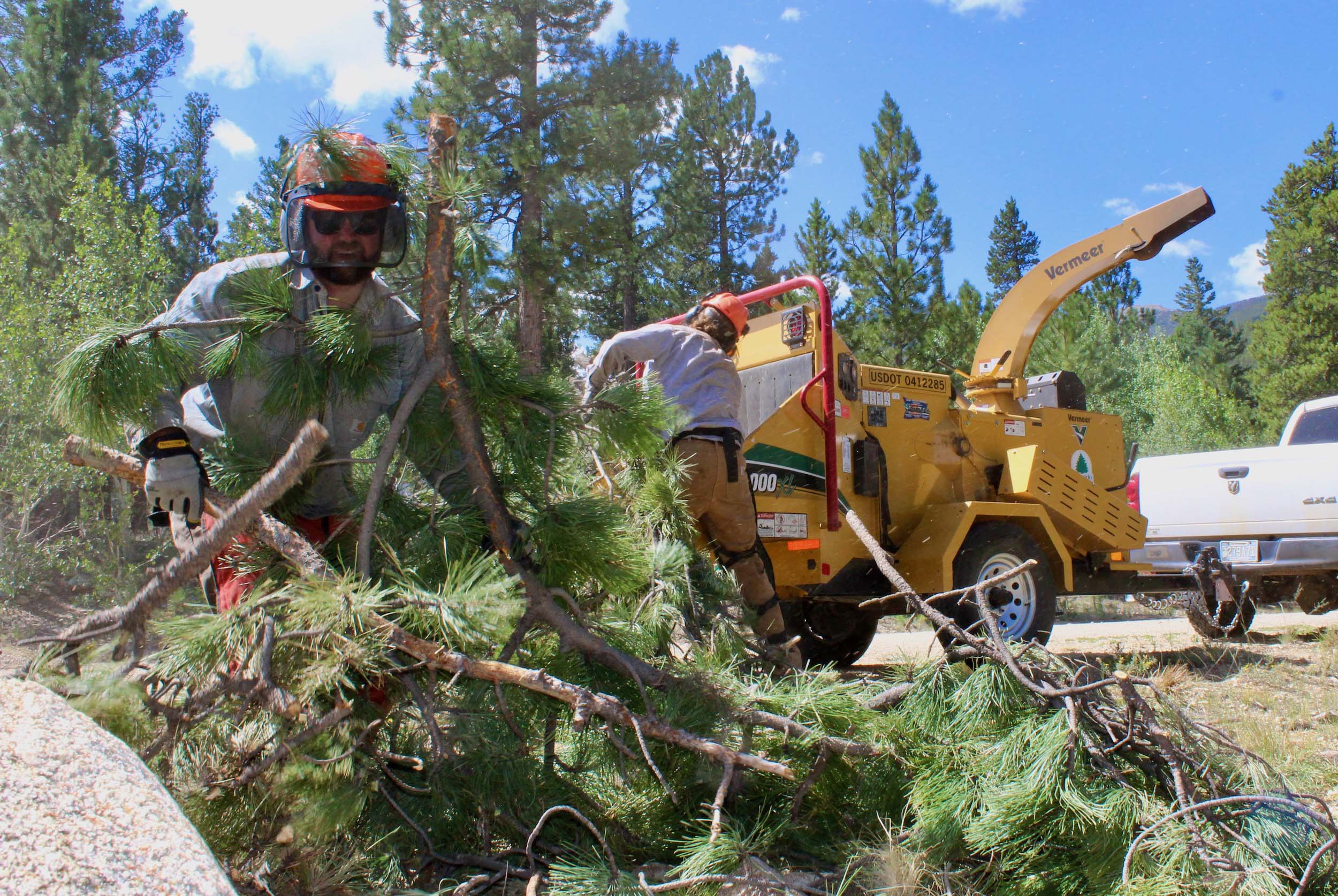
How Do We Live With Megafire?
November 2021 by Jason Plautz
Wildfires are projected to intensify and burn larger areas over the coming decades, with the potential for significant impacts to water quality. So how do Coloradans learn to live more effectively with fire? The answer may lie in working across boundaries and taking a shared stewardship approach to landscape-scale forest health and wildfire recovery.
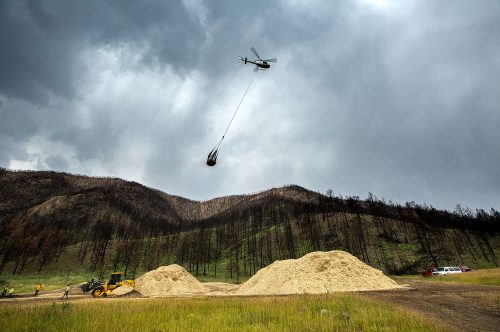
Water After Wildfire
Those affected by the burns of 2020, Colorado’s worst wildfire season yet, have only begun to see the extent of water quality impacts that could continue for another five years or more. As communities and water managers hustle to stabilize slopes and treat debris-laden water, they’re getting better prepared for the next fire.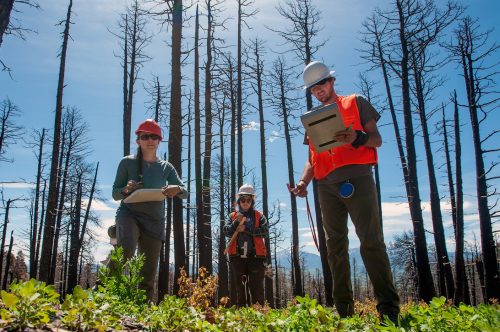
How Megafires are Reshaping Forests
Between unprecedented wildfire and increased heat and drought due to climate change, forests are facing disturbances beyond the realm of recovery, leading to vegetative shifts that will affect future hydrology.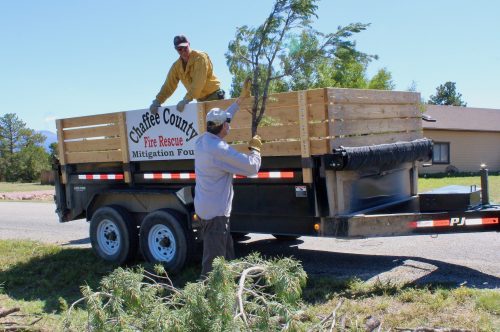
Local Government is Leading the Fight Against Wildfires
With climate change projected to intensify, many agree that Colorado's wildfire mitigation and forest management strategies need work—which has been happening at the local level.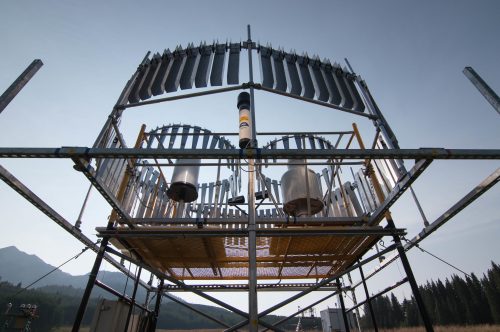
Can We Better Predict Runoff? New Hydrology Lab Will Help
A new laboratory leading research near Crested Butte, Colo., is taking the first-ever mountain-focused, bedrock-to-atmosphere look at climate and hydrology. The study should help water managers forecast runoff with greater accuracy.Thank You to This Issue's Sponsors
